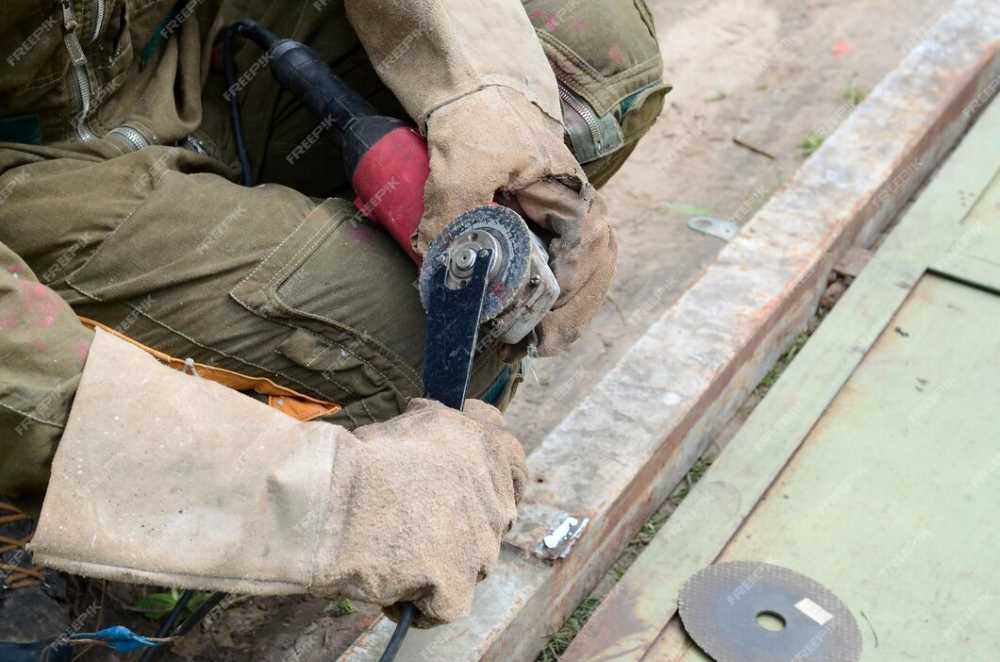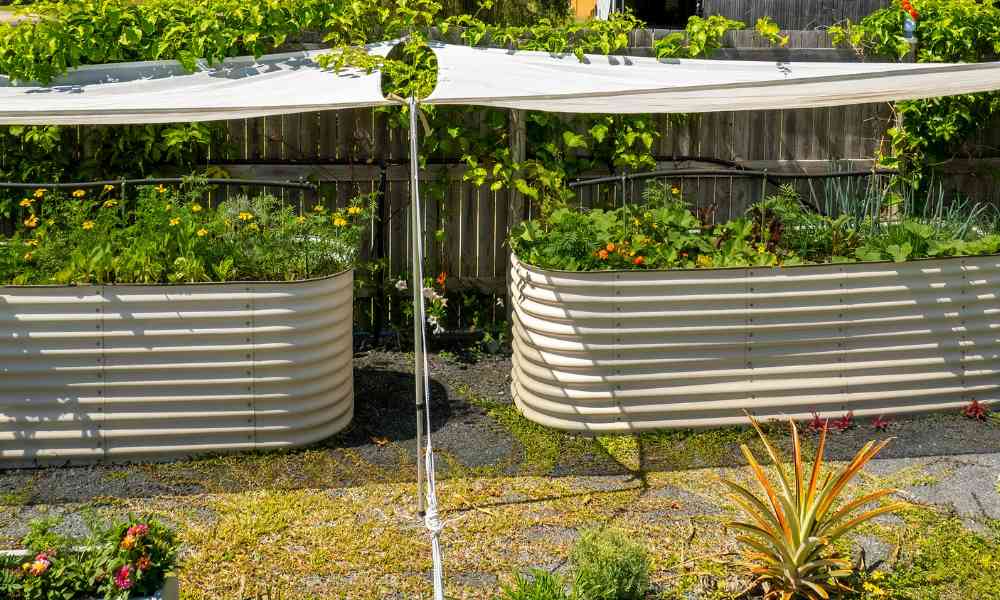Rainy Season Essentials in the Philippines: Your Complete Guide
Have you ever found yourself unprepared for the sudden downpours during the Philippine rainy season? With our tropical climate, ensuring that your home and family are ready for this wet period is more than a convenience—it’s a necessity. From safeguarding your home against water damage to staying dry and healthy, the right preparation can drastically improve your comfort and safety.
In this article, we’ll explore essential products and tips that are crucial for navigating the rainy season effectively. Let’s dive into how you can stay ahead of the weather with confidence and ease.
Essential Waterproof Gear

Umbrellas
Selecting the appropriate umbrella is essential. I vouch for a small, folding model that maintains coverage without compromising portability. To guarantee sufficient protection, look for one with a canopy diameter of roughly 40–50 inches. For the frame to withstand heavy winds, it should ideally have two layers of cloth. We know from experience that these qualities fit effortlessly into your daily commuter backpack, combining practicality and durability.
Ponchos and Raincoats
During a downpour, a nice raincoat or poncho is your best friend. To stay dry without overheating, choose materials that are waterproof and breathable, like polyester or nylon. Sealed seams, a hood for protection, and cuffs that are adjustable to keep water out are essential elements. My favorite includes ventilated back panels, which greatly aid in air circulation and provide comfort even in humid environments.
Water-Resistant Shoes
It is not negotiable to wear boots or shoes with non-slip soles. To keep water away, they should snugly cover the ankles. I love shoes with quick-dry inside since they are essential for making quick moves from wet outside to dry indoors. Make sure they fit properly at all times; walking through puddles shouldn’t hurt your feet.
Home Protection Items

Waterproof Sealants
Using the proper waterproof sealant is the first step towards keeping water out during the wet season. Based on my own experience, I suggest a silicone-based sealant because to its high adhesion and flexibility. It’s perfect for caulking small wall cracks and the spaces around windows and doors. A standard tube will fill in an area of roughly 10 to 15 square feet, depending on how big the gaps are. Using a caulking gun makes application simple, but make sure to give it a full day to cure before anticipating any rain.
Water Absorbing Socks
Water-absorbing socks come in rather handy in places where water intrusion is possible, such as basements and garages. They can absorb up to a gallon of water each and are typically 3 to 4 feet long. My areas have always stayed dry when I’ve laid these around windows that leak or near flood-prone entryways. Additionally, they may be reused; simply pat them dry to prepare them for the subsequent rainfall.
Dehumidifiers
It’s important to control interior humidity, and a dehumidifier can assist. The ones that work well for me can remove up to 70 pints of moisture every day, which makes them ideal for larger areas like damp basements or living rooms. To monitor humidity levels, make sure the unit you select has a hygrometer. Look for models that will automatically turn off the unit when the appropriate humidity level is reached. This aids in keeping a comfortable living space in addition to lowering dampness.
Emergency Preparedness Kits

Flashlights and Batteries
A strong, dependable flashlight is essential in the event of a blackout. Since LED bulbs consume less energy and are brighter than conventional lighting, I use them. Make sure your flashlight has several modes, such as a strobe or SOS function for emergencies and a high-intensity level for total darkness. The illuminating range of a typical LED flashlight is up to 1000 feet. It works best when combined with durable lithium batteries for longer shelf life and maximum performance in high-drain applications.
First Aid Kits
Keeping a fully stocked first aid pack at home has shown to be crucial. Ensure that it contains a variety of bandages, antiseptic wipes, antibiotic cream, and small wound cutters and tweezers. For families, I recommend a bundle that covers all the major problems that may arise, like painkillers, fever reducers, and allergy medications. The kit should be compact and light if you have to move quickly, ideally in an easy-to-grasp, water-resistant or waterproof case.
Emergency Food and Water
Maintaining a supply of food and water for emergencies is essential. I store in my pantry for a minimum of three days nonperishable goods that don’t go bad and don’t require cooking, such energy bars, dried fruits, and ready-to-eat meals. I always save a gallon or more of water in sturdy containers for each person. Because they can be filled and expanded, collapsible containers are an excellent method to save space. Make care to rotate these materials every six months to keep them functional and fresh.
Health and Comfort Products

Mosquito Repellents
Being in a tropical area, I’ve discovered that having a reliable insect repellent throughout the rainy season is essential. I employ a variety of repellents, including creams, sprays, and technological gadgets. For up to 12 hours of protection, creams and sprays with DEET or picaridin are quite efficient for personal protection. Make sure the product specifies the amount of active component (20–30% is best for extended outdoor activity). Ultrasonic frequency-emitting electronic repellents can be used at home to assist maintain a mosquito-free environment. These units are ideal for bedrooms or small living spaces because they can normally cover 500 square feet.
Waterproof Mattress Protectors
It has been quite helpful to use a waterproof mattress protector to counteract the increasing humidity. To guarantee total protection against moisture, look for a protector that zips closed and covers the entire mattress. The material, which is often composed of laminated cotton or polyurethane, should be impermeable yet breathable. These covers keep dust mites and allergens out of your mattress, which are more common in moist environments, in addition to protecting it from spills and stains. I can tell you from experience that machine-washable protectors make upkeep much easier.
Portable Heaters
Transportable Heaters
On surprisingly cold evenings, a portable heater can offer much-needed warmth. I’ve utilized ceramic heaters that are small, have thermostat settings that can be adjusted, and are energy-efficient. With the use of these capabilities, you can exactly adjust the temperature to suit your comfort level. Because safety comes first, choose models that have overheat prevention and automated shut-off features. Generally speaking, this kind of heater works well for heating small to medium-sized spaces, making sure your home stays comfortable even when the outside temperature decreases.
Outdoor and Garden Care

Garden Covers
It is necessary to take precautions to ensure that your garden survives the wet season. To protect my plants from extreme rain and wind, I use sturdy garden covers that are waterproof and resistant to ultraviolet light. These covers are usually available in multiple sizes; the ones that I like best may be adjusted to cover spaces up to 200 square feet. To ensure they stay in place during storms, they have eyelets around the edges that may be fastened with ground pegs or ties. Selecting a material that is semi-transparent or translucent is essential since it shields the plants from the weather while letting sunlight reach them.
Drainage Fixes
Waterlogging can be harmful to the health of your garden, thus proper drainage is crucial. I have built French drains, which require perforated pipework and a trench filled with gravel. It’s simple to set up: for most residential gardens, the trench should be around 6 inches broad and 18 inches deep. This technique stops soil erosion and efficiently directs water away from plant roots. For the best water flow, the drain’s slope must be properly adjusted; a gradient of 1%, or one inch for every 100 inches of length, is usually enough to carry water effectively without rushing it.
Maintenance Tips
Every Filipino homeowner faces different maintenance issues during the rainy season. Using what I’ve learned, the following specific advice is offered:
- Roof Checks: Look for any damage on your roof before the rains arrive. Make sure all of the shingles are firmly in place and keep a close eye out for any broken or missing tiles. Even a tiny opening in our homes can cause serious water damage. Usually, I inspect the waterproofing sealant around chimneys and pipes to make sure it’s intact and free of cracks.
- Gutter Cleaning: Make sure there are no leaves or other debris clogging your gutters. Water overflow from clogged gutters can harm the walls and roof. I schedule two gutter cleanings a year, one before the rainy season starts and one after it concludes. This facilitates the water’s easy exit from the land.
- Window and Door Seals: Should be inspected and replaced if they appear worn out. By doing this, water is kept out of the house during prolonged downpours. I use weather-stripping, which is rolled up and can be cut to meet my windows’ and doors’ precise measurements.
- Sump Pump Installation: A sump pump is very helpful in places that flood frequently. I have one put in my basement, and it activates automatically when there is too much water there. Check the pump’s performance on a regular basis and remove any obstructions in the output pipe.
Get Ready for the Rainy Season Now!
Don’t wait for the skies to open up before you start prepping! We’ve covered everything from essential gear to home protection, ensuring you’re well-equipped for any storm. Now, take the next step: review your current supplies and update them as needed.
For more practical tips and product guides, don’t forget to check out our other blog posts. Stay safe and dry this rainy season by being one step ahead!

